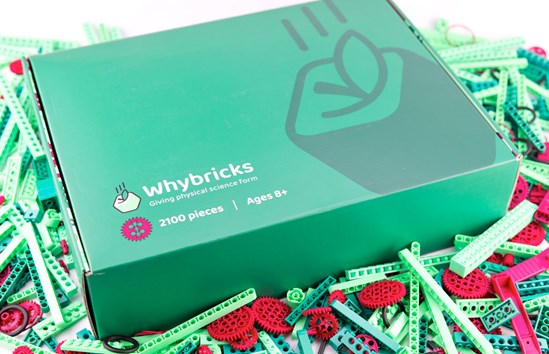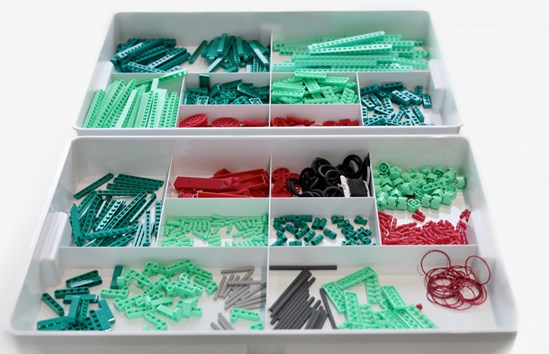Whybricks is a unique teaching resource which helps students to explore physical science concepts. Whybricks are designed to make learning meaningful and engaging, to take concepts off the paper and into the hands of your students.
What’s in a kit?
Each Whybricks kit contains 2100 pieces, including interlocking building blocks, beams, pegs, gears, and other parts. The kit is designed to enable 10 students to work individually with 210 pieces each. Whybricks studs and holes are compatible with any LEGO-compatible building system for limitless creative possibilities.
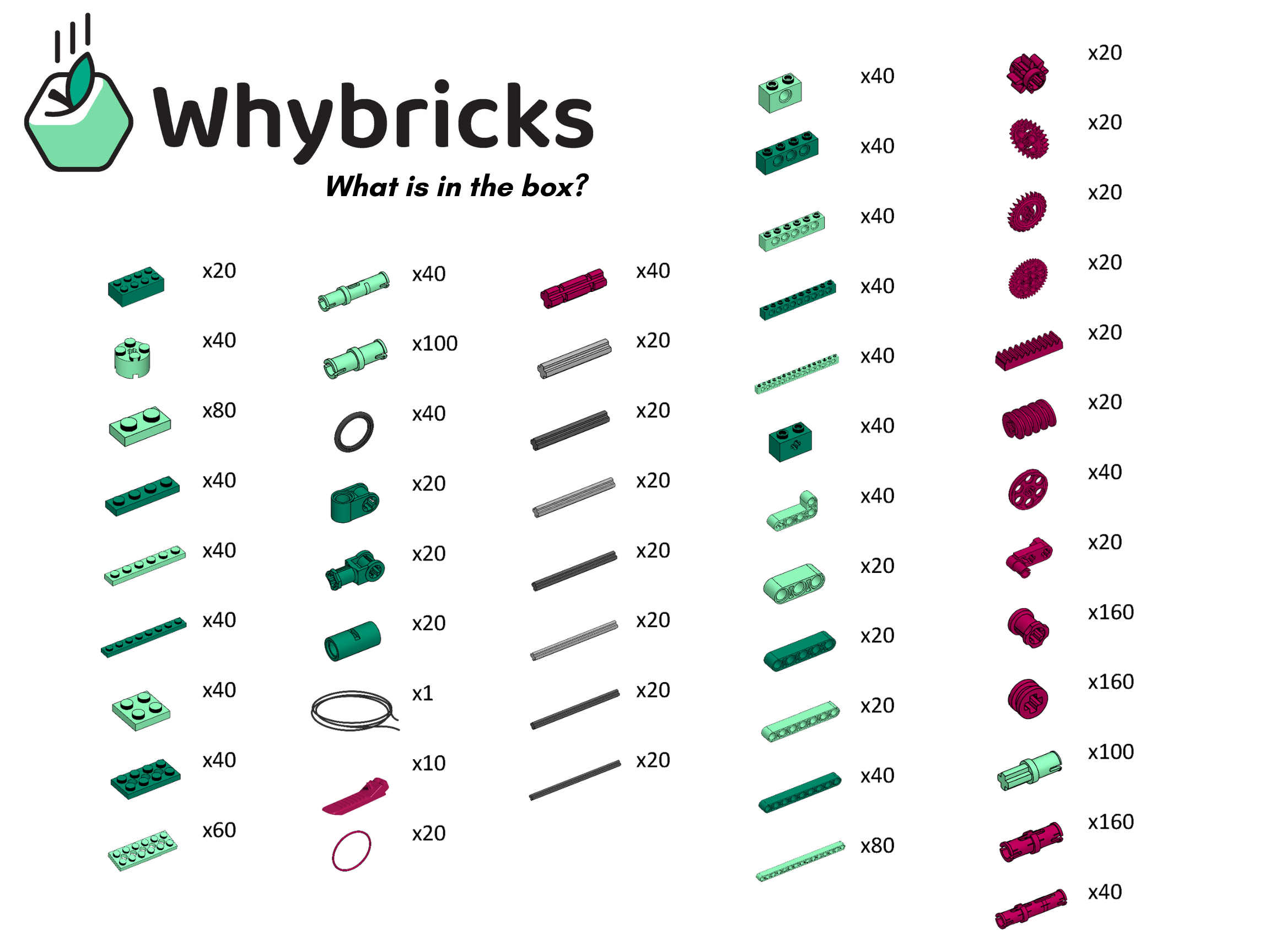
What could my students learn?
Whybricks have a number of lesson plans and activities that you can follow, or use as a springboard for an entirely unique lesson designed by you. Click here to see the full list of lesson plans. Or be inspired by a small selection below.
Lesson 1: Why do objects slow down?
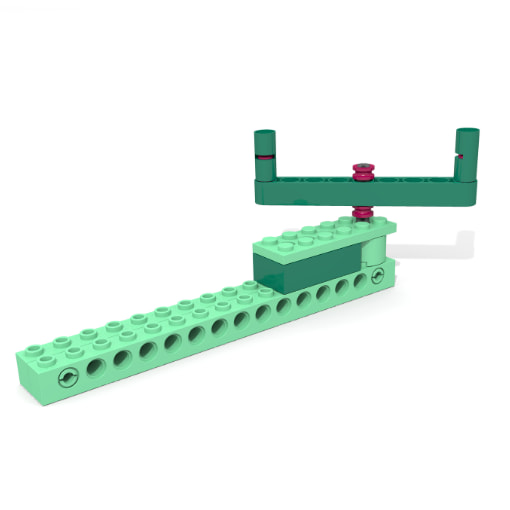
Learning outcomes:
Newton’s three laws of motion. Newton’s first law of motion (inertia), a basic introduction to Newton’s second law of motion (F=ma), and Newton’s third law of motion (for every action, there is an equal and opposite reaction).
How?
You will help your students to work through six major steps in this lesson.
- Independently think about why objects slow down. What could be the scientific reason?
- Create a set build from provided instructions. In this case we'll look at the fidget spinner pictured above.
- Read about the scientific test they will perform with the build.
- Write a prediction about what they think will happen during the test.
- Run the test.
- Capture observations and questions.
There are several conclusions that students can come to. Classroom discussions may also help students to understand what is happening to their spinner.
- Newton’s second law says that a = f/m. The mass of the fidget spinner is constant, but the more force used to spin the bar, the greater the acceleration. In other words, the harder I flick the bar, the faster the spinner goes.
- The spinner slows over time because friction and air resistance are acting on it.
There are also two other builds for this lesson plan. Students should be able to complete all three builds & experiments during a lesson.
Lesson 2: Why do rubber bands snap back?
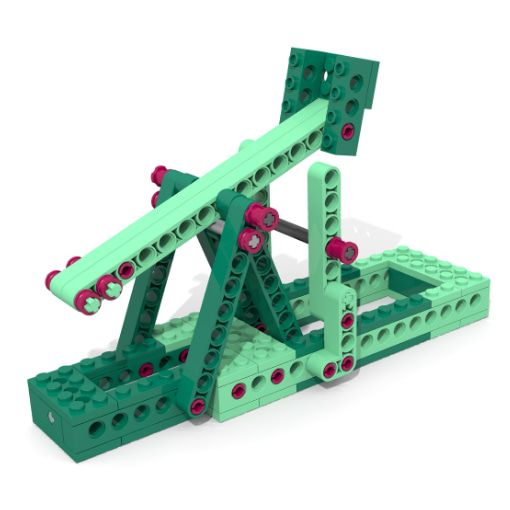
Learning outcomes
Newton’s second law, potential and kinetic energy, scientific inquiry
How?
- Students build the catapult using provided instructions.
- Establish a stable and consistent way of using the catapult to reduce the likelihood of uncontrolled variables and therefore inconsistent data.
- Students brainstorm a list of all independent (eg. mass of projectile) and dependent variables (eg. distance projectile travels horizontally).
- Determine a testable question.
- Write down several hypotheses for what they think might happen.
- Design the experiment, including drawing and labelling a diagram of the experiment, writing a list of equipment, and a detailed method.
- Run the experiment and record data.
- Presentation of results, answering their original question.
Whybricks at MindKits
Mindkits are proud to stock the 10-student Whybricks pack. Click here to find the product on our website.
